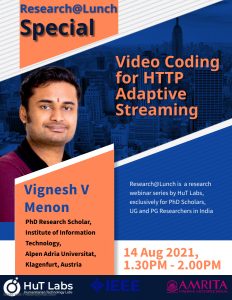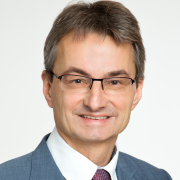The Quality of Experience (QoE) is well-defined in QUALINET white papers [here, here], but its assessment and metrics are subject to research. The aim of this workshop on “Quality of Immersive Media: Assessment and Metrics” is to provide a forum for researchers and practitioners to discuss the latest findings in this field. The scope of this workshop is (i) to raise awareness about MPEG efforts in the context of quality of immersive visual media and (ii) invite experts (outside of MPEG) to present new techniques relevant to this workshop.
Quality assessments in the context of the MPEG standardization process typically serve two purposes: (1) to foster decision-making on the tool adoptions during the standardization process and (2) to validate the outcome of a standardization effort compared to an established anchor (i.e., for verification testing).
We kindly invite you to the first online MPEG AG 5 Workshop on Quality of Immersive Media: Assessment and Metrics as follows.
Logistics (online):
Program/Speakers:
15:00-15:10: Joel Jung & Christian Timmerer (AhG co-chairs): Welcome notice
15:10-15:30: Mathias Wien (AG 5 convenor): MPEG Visual Quality Assessment: Tasks and Perspectives
Abstract: The Advisory Group on MPEG Visual Quality Assessment (ISO/IEC JTC1 SC29/AG5) has been founded in 2020 with the goal to select and design subjective quality evaluation methodologies and objective quality metrics for the assessment of visual coding technologies in the context of the MPEG standardization work. In this talk, the current work items, as well as perspectives and first achievements of the group, are presented.
15:30-15:50: Aljosa Smolic: Perception and Quality of Immersive Media
Abstract: Interest in immersive media increased significantly over recent years. Besides applications in entertainment, culture, health, industry, etc., telepresence and remote collaboration gained importance due to the pandemic and climate crisis. Immersive media have the potential to increase social integration and to reduce greenhouse gas emissions. As a result, technologies along the whole pipeline from capture to display are maturing and applications are becoming available, creating business opportunities. One aspect of immersive technologies that is still relatively undeveloped is the understanding of perception and quality, including subjective and objective assessment. The interactive nature of immersive media poses new challenges to estimation of saliency or visual attention, and to the development of quality metrics. The V-SENSE lab of Trinity College Dublin addresses these questions in current research. This talk will highlight corresponding examples in 360 VR video, light fields, volumetric video and XR.
15:50-16:00: Break/Discussions
16:00-16:20: Jesús Gutiérrez: Quality assessment of immersive media: Recent activities within VQEG
Abstract: This presentation will provide an overview of the recent activities carried out on quality assessment of immersive media within the Video Quality Experts Group (VQEG), particularly within the Immersive Media Group (IMG). Among other efforts, outcomes will be presented from the cross-lab test (carried out by ten different labs) in order to assess and validate subjective evaluation methodologies for 360º videos, which was instrumental in the development of the ITU-T Recommendation P.919. Also, insights will be provided on the current plans on exploring the evaluation of the quality of experience of immersive communication systems, considering different technologies such as 360º video, point cloud, free-viewpoint video, etc.
16:20-16:40: Alexander Raake: <to-be-provided>
16:40-17:00: <to-be-provided>
17:00: Conclusions











